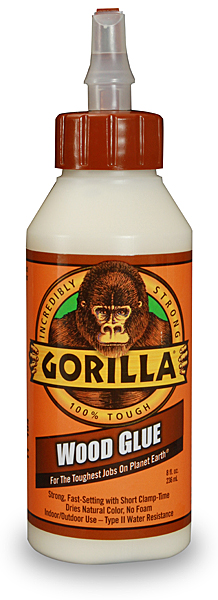

However, the same qualities that make it hold large wooden tables together are what make epoxy wood glue a very powerful adhesive. Instead, you’re picturing epoxy resins for river tables or art. When you hear epoxy, you rarely think about glue. It is also weatherproof, which is why it is often used for boats and sailing vessels. Epoxy glue for wood – gap filling wood glueĮpoxy-based glue is often used to fill cracks and gaps in the wood.

If it gets on your skin, you’ll need nail polish remover. Read more to learn if super glue will work on wood.ĬA wood glue has low viscosity, so it can be messy to use. However, super glue does not form an unbreakable bond with wood, which is why it is best for crafts and small DIY repairs.

It dries very quickly and forms a strong bond with different materials. If you have used cyanoacrylate before, then you know how fast super glue takes to dry. However, it is more often used for non-woodworking projects, and you may be more familiar with its street name: super glue. This is another common type of wood glue. PVA is perfect for small weighted furniture, DIY, and for a wide range of applications. You can wash it off with water, and it won’t harm your skin. PVA wood glue is popular not just because it is strong but also because using PVA glue on wood is easy and it is non-toxic. Yellow PVA is referred to as carpenter’s glue. The white glue is meant for indoor carpentry, while the yellow one is more water-resistant and can be used for exterior work. PVA glue comes in either yellow or white. Some of the most popular wood glues such as Elmer’s, Gorilla wood glue, and Titebond II are PVA glues. It is so common, in fact, that it is often just called wood glue. PVA wood glue is the most commonly used wood glue. Polyvinyl acetate glue ( PVA)is a synthetic resin that forms a very strong bond very quickly. So, let’s discuss these before we get to our list. Some projects like crown molding, for example, require a bit of flexibility, while load-bearing furniture need glue that is harder than the wood itself. While some are much stronger than others, they may not be appropriate for every project. There are five main types of wood glue, each with its own pros and cons.


 0 kommentar(er)
0 kommentar(er)
